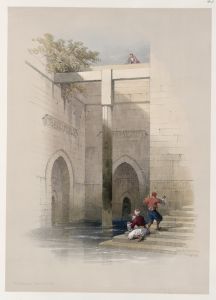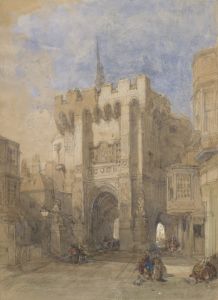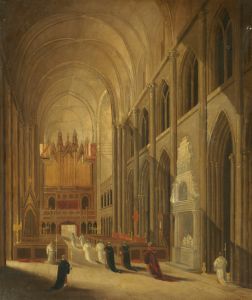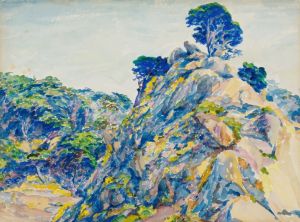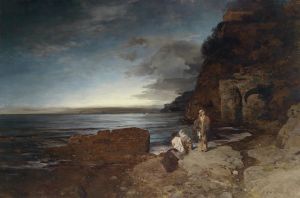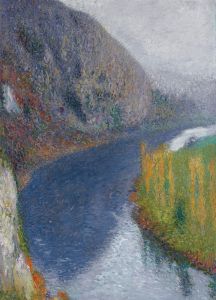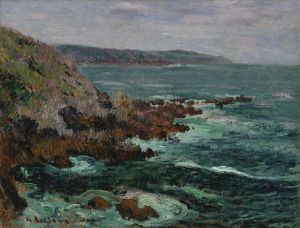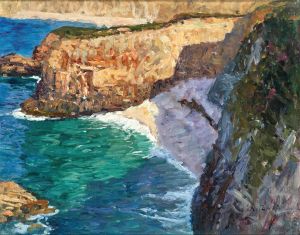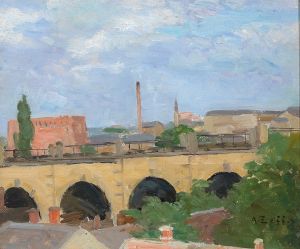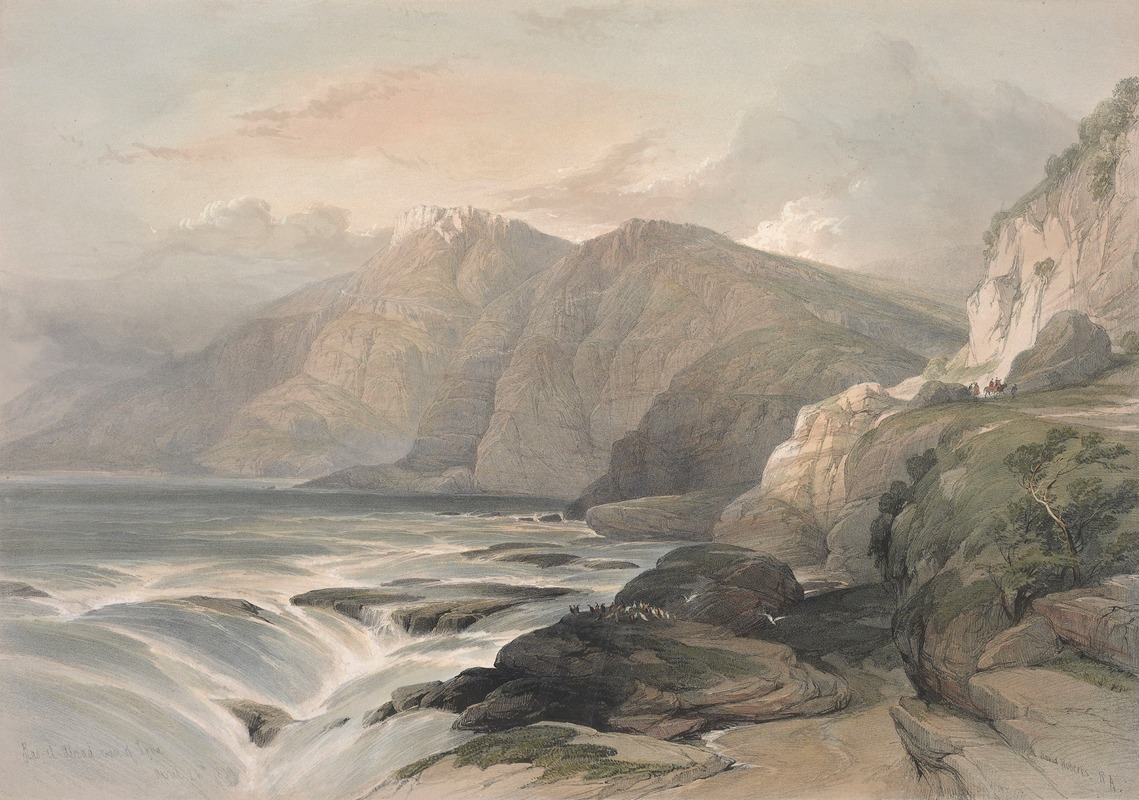
Ras-el Abiad, coast of Syria
A hand-painted replica of David Roberts’s masterpiece Ras-el Abiad, coast of Syria, meticulously crafted by professional artists to capture the true essence of the original. Each piece is created with museum-quality canvas and rare mineral pigments, carefully painted by experienced artists with delicate brushstrokes and rich, layered colors to perfectly recreate the texture of the original artwork. Unlike machine-printed reproductions, this hand-painted version brings the painting to life, infused with the artist’s emotions and skill in every stroke. Whether for personal collection or home decoration, it instantly elevates the artistic atmosphere of any space.
David Roberts was a renowned Scottish painter, best known for his detailed and picturesque lithographs of the Near East and Mediterranean regions. One of his notable works is "Ras-el Abiad, coast of Syria," which captures the scenic beauty of the Syrian coastline. Roberts was part of the Orientalist movement, which was characterized by Western artists depicting scenes from the East, often romanticizing the landscapes and cultures they encountered.
Born in 1796 in Stockbridge, Edinburgh, Roberts initially worked as a house painter before pursuing a career in art. He gained recognition for his architectural and landscape paintings, which were informed by his extensive travels. In 1838, Roberts embarked on a significant journey to the Near East, visiting Egypt, the Holy Land, and parts of Syria. This expedition was pivotal in shaping his artistic career, as it provided him with the inspiration and material for many of his subsequent works.
"Ras-el Abiad, coast of Syria" is part of the collection of works that Roberts produced following his travels. The painting is a testament to his skill in capturing the essence of the landscapes he visited. Roberts was meticulous in his approach, often making detailed sketches on-site, which he later transformed into finished paintings and lithographs. His works were highly regarded for their accuracy and attention to detail, qualities that were particularly appreciated in an era when photography was not yet widespread.
The Syrian coast, with its rugged cliffs and serene waters, provided a compelling subject for Roberts. His depiction of Ras-el Abiad showcases his ability to convey the natural beauty and tranquility of the region. The painting likely features the interplay of light and shadow, a technique Roberts often employed to enhance the dramatic effect of his landscapes. His use of color and composition would have been intended to evoke a sense of wonder and admiration for the distant lands he portrayed.
Roberts' works, including "Ras-el Abiad, coast of Syria," were published as part of a series of lithographs titled "The Holy Land, Syria, Idumea, Arabia, Egypt, and Nubia." This collection was published between 1842 and 1849 and was highly successful, bringing Roberts considerable fame. The lithographs were produced by Louis Haghe, a skilled lithographer, who worked closely with Roberts to ensure that the final prints accurately reflected the original paintings.
David Roberts' contributions to art and his depictions of the Near East have left a lasting legacy. His works continue to be appreciated for their historical significance and artistic merit. "Ras-el Abiad, coast of Syria" remains an example of his ability to capture the beauty and essence of the landscapes he encountered during his travels. Through his art, Roberts offered a glimpse into a world that was, at the time, largely unfamiliar to his European audience, fostering a greater appreciation and understanding of the diverse cultures and geographies of the East.





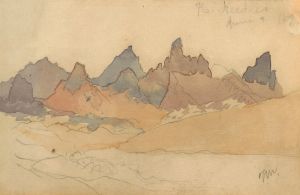
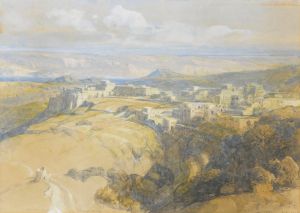
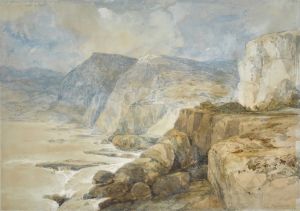
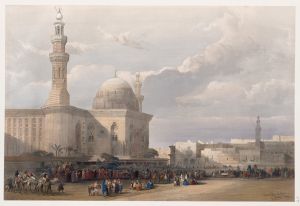
![Temple at Wady Dabod [Wadi Dâbûd], Nubia.](/imgs/217543/s/david-roberts-temple-at-wady-dabod-wadi-dabud-nubia-14fd5f6c.jpg)
